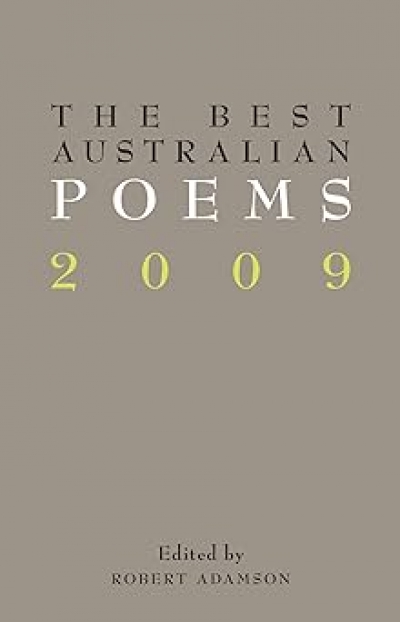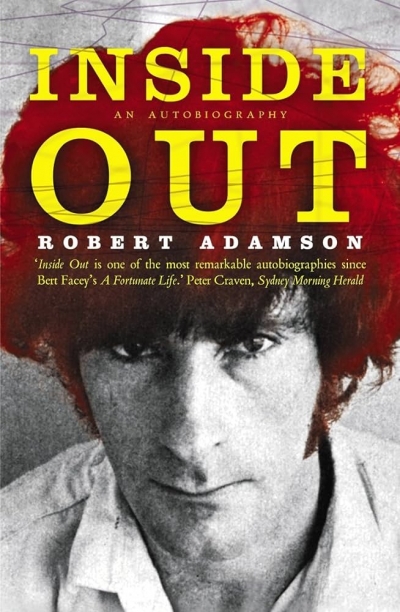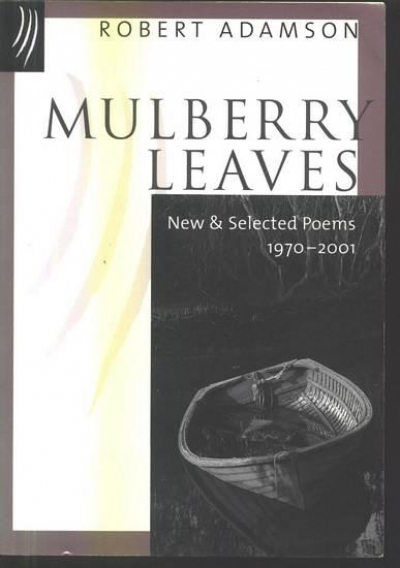Robert Adamson
The Best Australian Poems 2009 edited by Robert Adamson
by Gregory Kratzmann •
Miklos Radnoti, marched from forced labour
in Yugoslavia back into Hungary, came to rest
near a bend in the Radca, at what his translator
describes as ‘a strange lonely place’ where
Down sandstone steps to the jetty; always
the same water, lights scattered across the tide.
Remember we say, the first time.
Our eyes locked into endless permission;
this dark gift; why can’t I let go
and be the man in your life, not the one who writes
your name down for the dedication page;
whatever the name, you know who I write for;
Mulberry Leaves: New and selected poems, 1970–2001 by Robert Adamson
by Martin Duwell •







